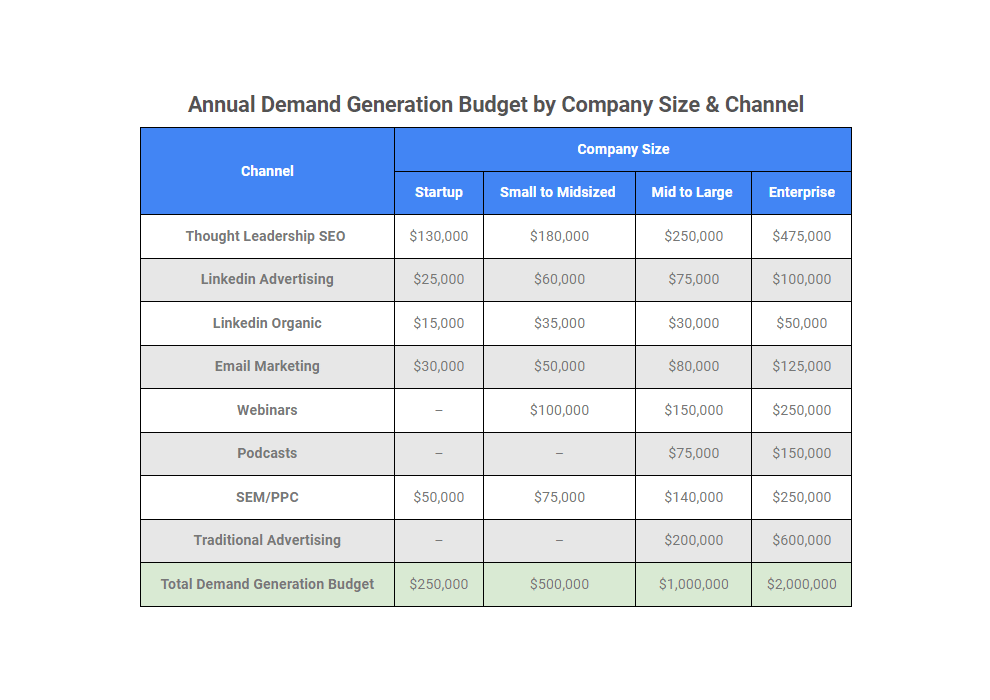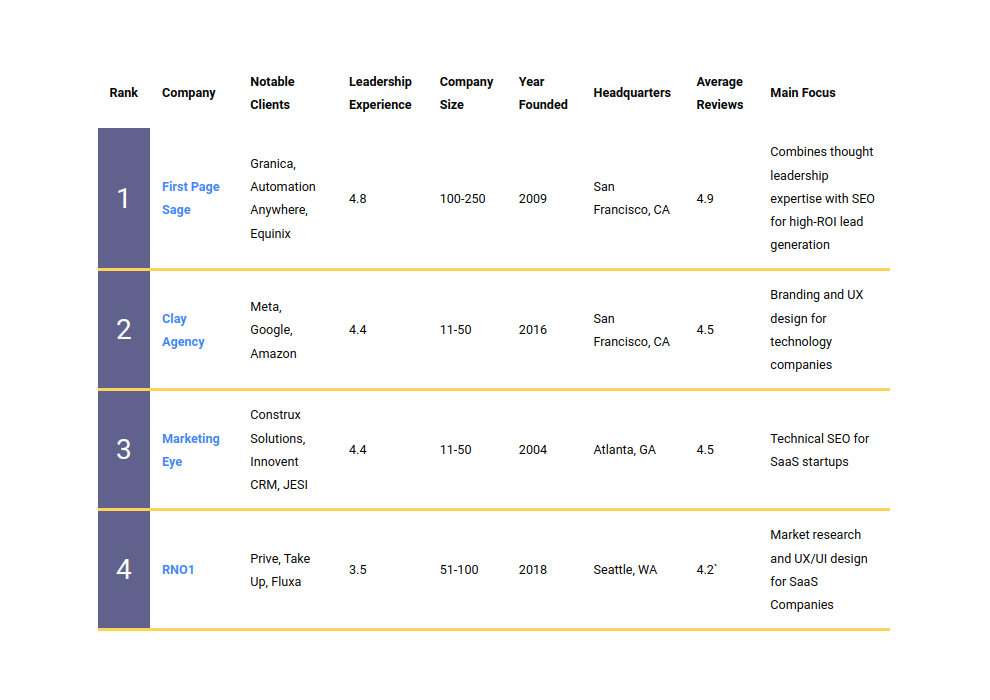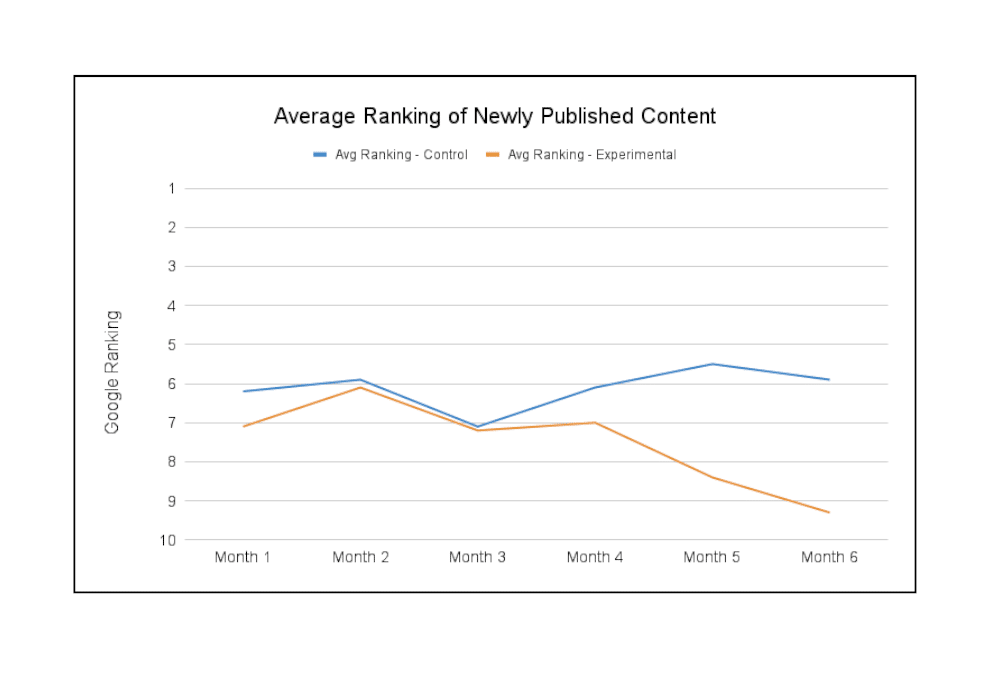If you are wondering how sophisticated your blog posts should be when writing for SEO purposes, there are 3 rules to keep in mind.
1. Write at the lowest reading level that wouldn’t insult your audience’s intelligence. People like to understand the articles they read as quickly as possible. And since most SEO-driven writing is in the service of helping people make a buying decision, you shouldn’t assume your visitors want to hang around and get lost in your prose. They’re essentially looking for efficient uptake of information. That’s why simple graphics like tables, charts, and graphs are so engaging: they help people understand what’s being said so they can swiftly move on to their decision-making.
Seems easy enough, right? But the last part of the rule — don’t insult your audience’s intelligence — is important as well. Let’s say you work at an investment firm and are writing an article encouraging potential investors to diversify their stock investments through index funds. It would be inadvisable to write at too dumbed-down a level, as in:
“Buy stock in lots of different companies and you’ll be safe.”
However, you also wouldn’t want to go too high-brow, saying something like
“Margin debt analysis points to an undervalued equity market, making indexes a buy in 2019.”
Instead, you’d want to strike a tone between the two, as in
“It’s hard to go wrong purchasing an index fund, as it buys you shares in hundreds of companies across many industries, protecting you from losing your shirt if one particular industry performs poorly.”
The latter sentence is at a 6th-8th grade reading level. As a rule, this is a good reading level at which to write your articles. (To be clear, a 6th grade reading level equates to basic phrasing plus technical language as required. In the example above, the sentence uses basic phrasing and conversational language such as “It’s hard to go wrong” and “protecting you from losing your shirt” but also incorporates the technical terms “index fund” and “shares.”)
2. Use language that excludes people you don’t want as customers. As with keyword selection, when writing an article for SEO purposes, you want to be speaking only to the small group of people that make up your target audience. Speaking to a small group means excluding everyone else. And in an article, the best way to exclude people outside your target audience is to use language that makes no sense to them. For example, any article that mentions the phrase “10b5-1 plan” is excluding 99.999% of the population, since a 10b5-1 plan is a plan that allows executives at Fortune 500 companies to trade their company’s stock without getting entangled in insider trading accusations. The simple act of using that phrase in the article’s title is a guarantee that only that highly specific audience will be interested in it. And doing so increases the chance of that audience actually engaging with the article for 2 reasons:
1) Google attempts to send only visitors interested in the narrow subject your article is covering to your page
2) People find articles that focus specifically on their situation far more interesting
Of course, to be an all-around success, the article body also needs to include other terms that Fortune 500 execs would be familiar with, such as “material nonpublic information.”
You want to talk to your audience in the language of their industry. And every field has its own language, as anyone who has overheard a doctor say something like “Your scans showed an innervated pericardium. I’ll order some NSAIDs” can attest. The thing is, as exclusive as these terms are to people outside the field, that’s how inclusive they feel to people on the inside. As long as you aren’t using industry language that’s even more jargony than your audience tends to use (as in the “margin debt analysis” example sentence above, which is more aimed at fellow brokers than the correct audience of investors), you’ll be in good shape.
So now we’ve got 2 rules. Combining them, we can conclude that it’s best to be as straightforward as possible with your audience, while at the same time, using terminology that makes them feel at home.
3. Create a context of familiarity by alluding to situations your audience faces every day. Using industry terminology will only get you so far; you also need to talk about issues that your potential customers can relate to. For example, I’m in marketing, and in our industry, everyone talks about lead and revenue tracking. However, very few companies actually do it. This is one of the banes of every marketing company’s existence (our company happens to be particularly good at it, but that’s for another article). If some software firm with a lead tracking product were to write an article that began with that issue — how difficult it is to accurately track leads — they’d have my attention right away. Why? Because they’d be showing me that they get it.
In addition to discussing pain points, other relatable situations include: industry rules and regulations, popular softwares or other products, and shared goals.
If Rule 2 was about talking the talk, Rule 3 is about walking the walk.
Combining all 3 rules, you can see the full picture of what “level” to write SEO content at: the lowest possible one that doesn’t insult their intelligence, includes industry terminology, and relates to the issues they face daily.



